#Alaskan landscapes
Text
The Amazing Power of Recycling for Our Future
The Power of Recycling reminds readers how recycling can make a big impact on our environment. It also explains how recycling can save money, create jobs, and decrease drain on natural resources, saving energy, and reducing greenhouse gas emissions.
Alaskan Tundra
Recycling is a powerful tool that enables us to make a positive impact on our environment and create a sustainable future. It is a simple yet impactful action that every individual can take to contribute to the well-being of our planet. Basically, recycling involves the process of converting waste materials into reusable materials, reducing the need for raw resources and…
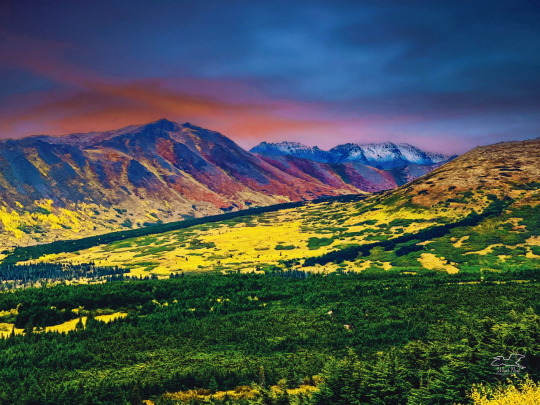
View On WordPress
#Alaskan landscapes#art#colorful Alaskan landscapes#environment#environment and the future#environmental awareness#environmental conservation#fine art#fine art photographs#fine art photography#landscape photographs#landscape photography#landscapes#nature#nature photographs#nature photography#photography#powerful recycling#recycling#recycling power
4 notes
·
View notes
Text

Alaskan Coastal Brown Bear, Lake Clark NP, Alaska, USA
by Sean Sharp
Landscape Photography Magazine & Wild Planet Photo Magazine
#sean sharp#photographer#alaskan coastal brown bear#bear#animal#mammal#wildlife#wild planet photography#nature#lake clark national park#alaska#united states#landscape photography magazine
112 notes
·
View notes
Text
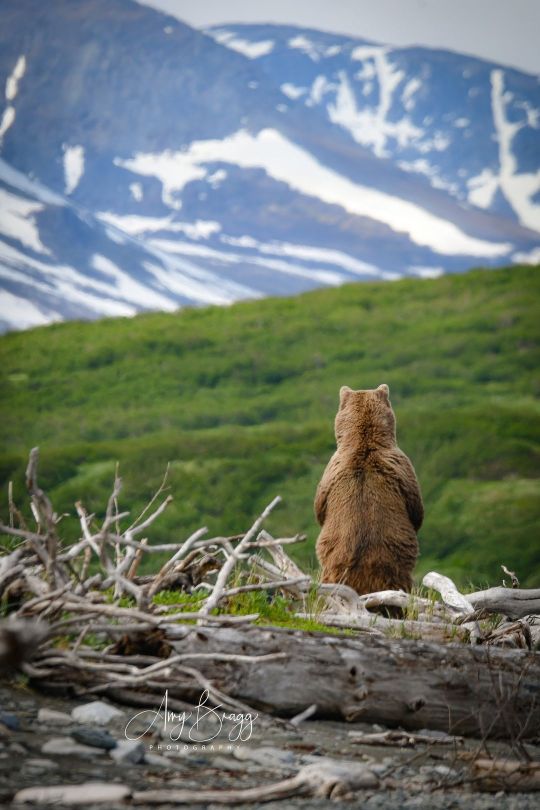
The views in Alaska are so beautiful... even the wildlife has to pause for a moment and take it all in.
~Amy Bragg, nature photographer~
#bears#Alaska#wildlife#wildreness#Alaskan nature#Amy Bragg photography#nature#landscape#wild animals#beauty#wow#wow scenery
56 notes
·
View notes
Text




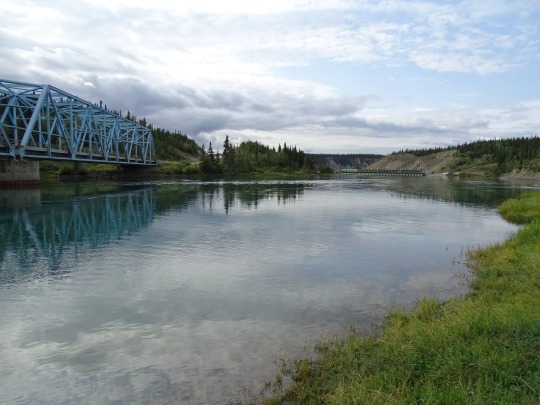





Alaska Highway, CDN (No. 2)
The road was originally built mostly by the U.S. Army Corps of Engineers as a supply route during World War II. In 1942, the Army Corps of Engineers assigned more than 10,000 men, about a third of whom were black soldiers, members of three newly formed African-American segregated regiments. There were four main thrusts in building the route: southeast from Delta Junction, Alaska, toward a linkup at Beaver Creek, Yukon; north then west from Dawson Creek (an advance group started from Fort Nelson, British Columbia, after traveling on winter roads on frozen marshland from railway stations on the Northern Alberta Railways); both east and west from Whitehorse after being ferried in via the White Pass and Yukon Route railway. The Army commandeered equipment of all kinds, including local riverboats, railway locomotives, and housing originally meant for use in southern California.
The official start of construction took place on March 9, 1942, after hundreds of pieces of construction equipment were moved on priority trains by the Northern Alberta Railways to the northeastern part of British Columbia near Mile 0 at Dawson Creek. Construction accelerated through the spring as the winter weather faded away and crews were able to work from both the northern and southern ends; they were spurred on after reports of the Japanese invasion of Kiska Island and Attu Island in the Aleutians. During construction the road was nicknamed the "oil can highway" by the work crews due to the large number of discarded oil cans and fuel drums that marked the road's progress. The construction crew had also passed through an Indigenous village known as Champagne (Shadhala-ra) which they used to set up camp. Unfortunately, disease spread and nearly wiped out the indigenous population of the village. After the war, the survivors left the village to find work, leaving the location a ghost town.
Source: Wikipedia
#Yukon River#Teslin Lake#Alaska Highway#Nisutlin Bay Bridge#street scene#travel#original photography#vacation#landmark#landscape#countryside#summer 2023#flora#nature#woods#forest#fireweed#wildflower#mountains#Canada#Yukon#bridge#Alaska-Canadian Highway#ALCAN Highway#Alaskan Highway#the North#no traffic#reflection
10 notes
·
View notes
Text


Never a better reading companion 😊
#photography#siberian husky#huskylife#dog walks#landscapes#dogs#exploring#playing#adventures#golden retriever#dog walking#woodland#yellow lab#german shepherd#alaskan malamute#cuddles#cockapoo#black labrador#chocolate lab#pomsky
77 notes
·
View notes
Text

Smith Tower with Alaska Way Viaduct, Seattle, 2015.
My favorite bit and least favorite bit of downtown Seattle, but the least favorite one is now gone.
#urban landscape#skyline#high rise#smith tower#alaskan way viaduct#seattle#washington state#2015#photographers on tumblr#pnw#pacific northwest
7 notes
·
View notes
Text

#doggo#malamute#cute#husky#wolfdog#cute dog#dog#pets#dogs of tumblr#pupper#nature#rescue dog#animals#awww#pretty dog#woof#walkies#alaskan malamute#lake district#landscape
79 notes
·
View notes
Text
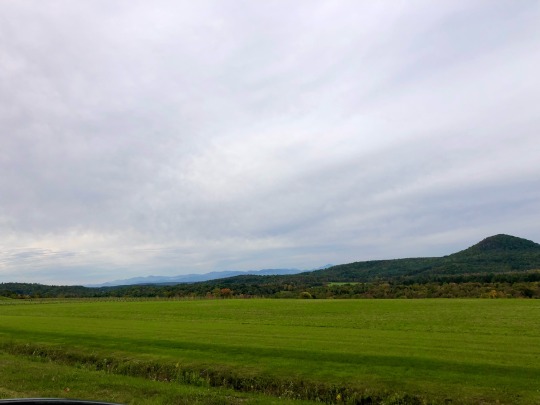


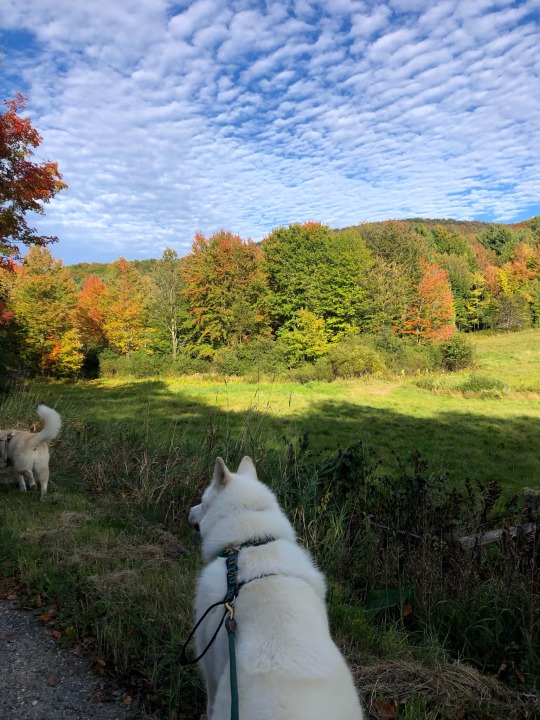
October 1st feels
55 notes
·
View notes
Photo

Peek into an ethereal Alaskan box canyon where ice forms a natural, sculptural masterpiece. The play of light casting a serene blue glow gives this wonderland an otherworldly charm.
#Alaska#box canyon#ice formations#natural sculpture#serene beauty#blue glow#otherworldly#ice masterpiece#nature photography#ethereal landscapes#Alaskan wilderness#light play#frozen wonderland#travel#nature lovers
2 notes
·
View notes
Photo

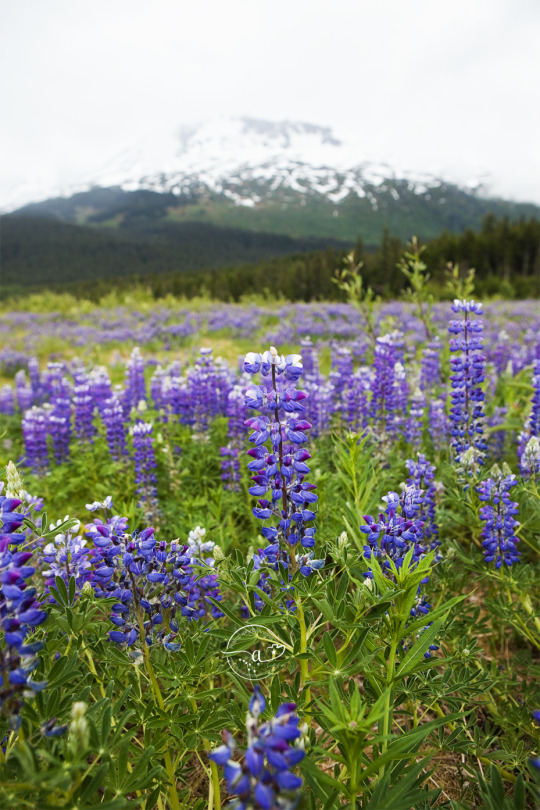
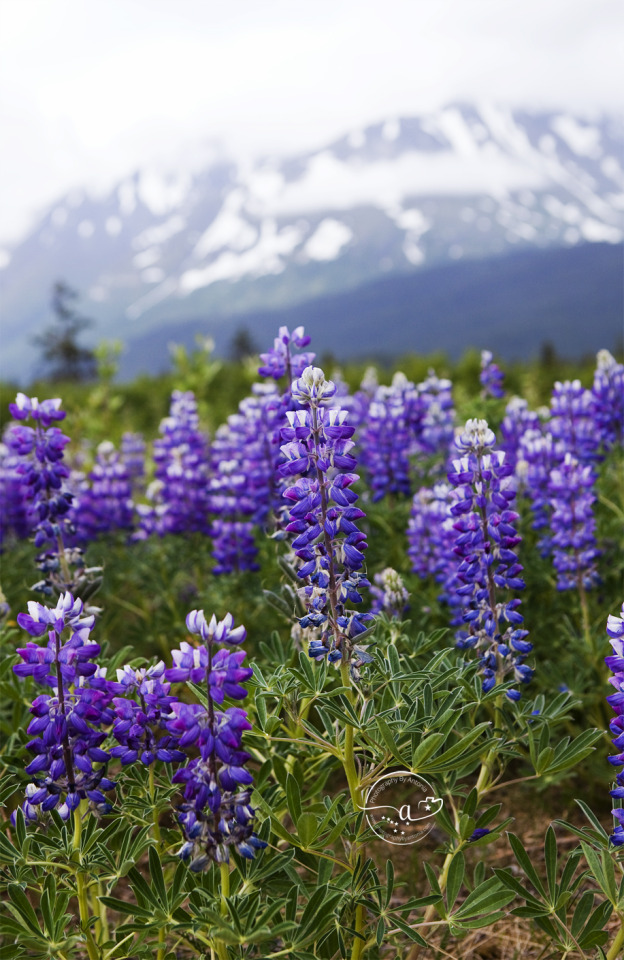



Lupine field in full bloom. Seward, Alaska. June 10, 2022.
#seward alaska#seward#alaska#lupine#wildflowers#wildflower photography#lupine photography#photography by antonia#landscape photography#alaska photography#alaskan photography#alaskan photographer#yes i took these photos#purple#flower photography#flowers
32 notes
·
View notes
Text
whats the word for when an artist only/mainly works with a set of symbols/shapes in their drawing to make up larger images
#does this make sense#there was an alaskan printmaker whos art i really like shown to me in class#(<- ignore whatever grammer that was)#and i want to find more artists who work that way#like all her rocks were the same symbol (triangle spiral ish) but at differing sizes#and it was a landscape made of all these smaller symbols#COOL#NEAT
3 notes
·
View notes
Text
It was Incredible to See How Colorful Fall Can Be
It was Incredible to See How Colorful Fall Can Be shows readers an image that emphasizes the colors of the Alaskan foliage in autumn. It goes on to explain where the photo was taken and why.
Reflections on Fall
Since fall seems to be the theme for the week, I decided to continue with that. As I have stated before, we were fortunate enough to be in Anchorage during the peak of this year’s fall color. On the day we went to Seward for our boat trip we also made a stop in the mountains and did a little bit of sightseeing. The place where we stopped was absolutely gorgeous and although…

View On WordPress
#Alaskan fall#Alaskan fall landscapes#Alaskan landscapes#autumn colors#autumn landscapes#autumn photographs#autumn photography#colorful autumn landscapes#colorful fall landscapes#colorful landscapes#fall colors#fall in Anchorage#fall photographs#fall photography#fall season#landscape photographs#landscape photography#landscapes#photography
0 notes
Text

Athena La Tocha. As Night Devours the World, 2022.
shellac ink, silt from a Garrison Stream, Highlands mica on paper, lead, steel
#imaginary landscape#wall relief#abstract art#earthworks#work on paper#recycled materials#alaskan artist
0 notes
Text
youtube
Crow pass and raven glacier hike in Alaska!
#crow pass#raven glacier#nature#landscape#mountains#traveling#travel#hiking#photography#glacier#alaska#alaskanadventures#alaskan adventure#anchorage#palantepacks#backpaking#chugach national forest#chugach#camping#youtube video#alpine#Youtube
1 note
·
View note
Text




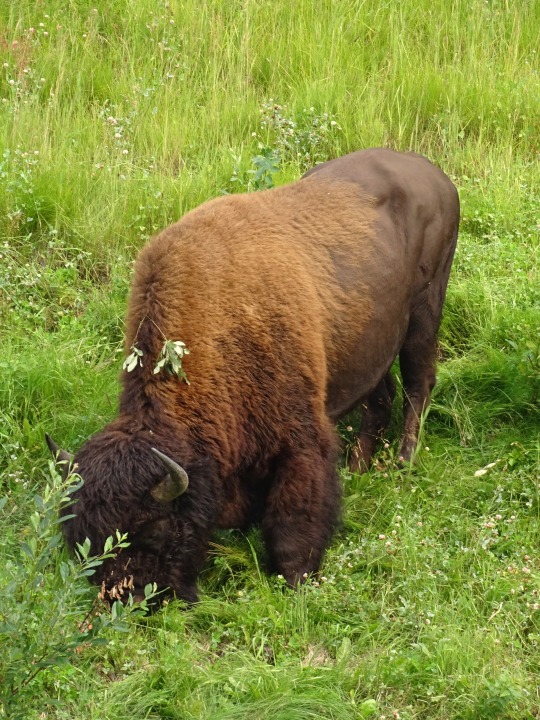

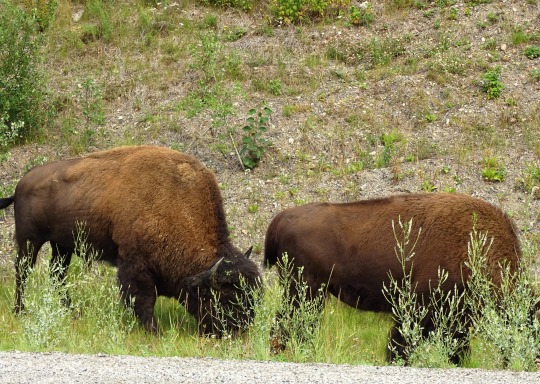
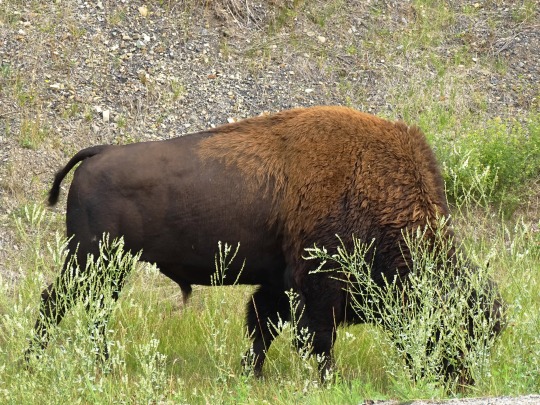
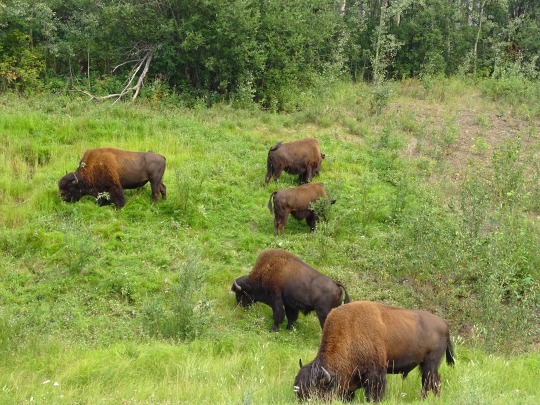
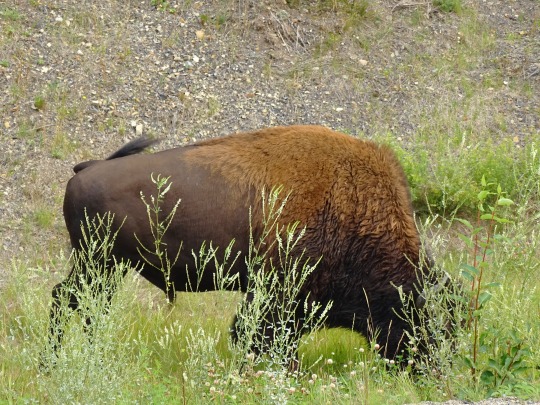
Wood Bisons, YT (No. 3)
The herd currently has a total population around 2,500, largely as a result of conservation efforts by Canadian government agencies. In 1988, the Committee on the Status of Endangered Wildlife in Canada changed the subspecies' conservation status from "endangered" to "threatened", where it remains.
On June 17, 2008, 53 wood bison were transferred from Alberta's Elk Island National Park to the Alaska Wildlife Conservation Center in Anchorage, Alaska. There they were to be held in quarantine for two years and then reintroduced to their native habitat in the Minto Flats area near Fairbanks, but this plan was placed on hold. In May 2014, the U.S. Fish and Wildlife Service published a final rule allowing the reintroduction of a "non-essential experimental" population of wood bison into three areas of Alaska. As a result, the Alaska Department of Fish and Game introduced the first herd of 100 animals to the Innoko River area in western Alaska in spring 2015.
Currently, about 7,000 wood bison remain in wildernesses within the Northwest Territories, the Yukon, British Columbia, Alberta, and Manitoba.
Source: Wikipedia
#Wood Bison#Alaska Highway#travel#original photography#vacation#landmark#landscape#countryside#summer 2023#flora#nature#Canada#Alaska-Canadian Highway#ALCAN Highway#Alaskan Highway#the North#Yukon#tourist attraction#fauna#wildlife#animal#grazing#meadow#Bison bison athabascae#mountain bison#wood buffalo#mountain buffalo#American bison#wildflower
8 notes
·
View notes
Text

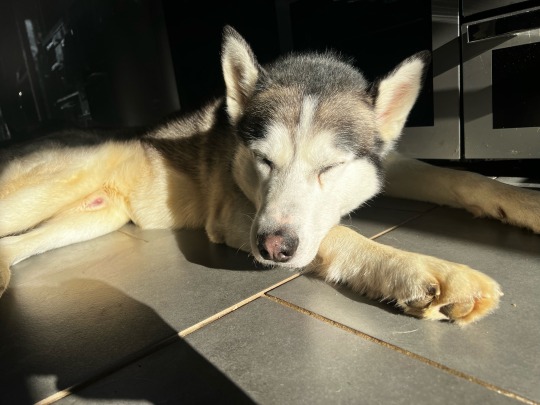
Some much needed sunshine here today.. General is taking it all in his stride and having a snooze!
#photography#siberian husky#huskylife#dog walks#landscapes#dogs#exploring#playing#adventures#golden retriever#dog walking#woodland#yellow lab#german shepherd#alaskan malamute#cuddles#cockapoo#black labrador#chocolate lab#pomsky#sleeping puppy
27 notes
·
View notes